- Learning time
- 30 minutes
- First play time
- 150 minutes
Rurik: Dawn of Kiev
Designed by: Stan Kordonskiy
Vladimir the Great is dead! And you, the players, are fighting to be successor, and lead Kiev into a bright new future.
In the short term, however, the future might be a little more violent. Rurik: Dawn of Kiev plays over four rounds both on a map, and on an auction board. Players shrewdly – you hope – program your actions on the main board in order to manoeuvre into strong positions, but of course everyone else is trying to do the same thing…
The board shows a map of the regions, with a certain amount of them being fought over depending on the amount of players. The concept of Rurik is actually pretty simple: in each of the four rounds you place workers on auction tracks that will allow you to do stuff on the map. Stuff like mustering troops; moving between regions, attacking your opponents (or the hapless Rebels), taxing the locals or building things: churches will convert enemies to your cause, markets will double the taxes you can levy, and strongholds help you defend your territories. There’s one non-map action too: Scheming, which allows you to pick up Scheme cards. Although many of them simply give you actions on the map as described above, the crucial thing here is your opponents won’t know what you’re up to…
But critical to everything on the map are the auctions, because they work in an interesting way. Each player has a bunch of workers to place on the auction tracks for each action, and your workers are numbered: you can place them in any order you like, and higher numbered workers will push lower-numbered workers down each track, from the juicy most-rewarding actions to the lesser, less-juicy ones. But when each worker activates, they do so in number order: first the number 1 workers, then the number 2 workers and so on. The most powerful workers won’t go until the end of this process, and so despite its unassuming appearance, the bidding process is actually the heart of the game – everything on the map gets shifted around, killed off, built etc, but this ‘auction programming’ is where decisions are made – and because of how the auctioning process plays out, it’s both strategic and tactical – you might begin with Plan A but change to Plan B when you see that your opponent has plans for you…
At the end of each round, players record their progress on three tracks: regions controlled, buildings constructed (in adjacent regions!) and goods collected (from taxing). The goods score in a slightly odd fashion that we won’t detail here, but it’s pretty straightforward when you have the game in front of you. You can only go up these tracks, never down, which gives you licence to change your entire game approach at any time. There’s a fourth track too – combat. Only the two highest players on this track will score points, and not that much points either. It might look like an oddity at first, but in a tight game this can form the decider and trigger a number of late-game battles!
While we’re talking about battles, we should mention control. You control a region when you have a majority there – and control makes it significantly easier to tax, build, and indeed attack enemies. The previously mentioned Rebels are fairly useless and can be ejected from the map, rewarding you with resources for doing so (there are reasons why you might not choose to remove Rebels though, which we’ll come to shortly). Attacking opponents is trickier, however. Assuming you have enough attack actions to afford it, you can always attack and win a battle against an opposing player – but you may take casualties, so it is a risk, particularly if taking a casualty means you no longer control the region!
At the end of every round, players also can Deed cards – these give you short-term goals in the game with which to both claim rewards, and score points in the final count-up. In a game where points are hard to come by, they can be critical!
Finally each player has a Leader. Your leader – when on the map; they can be attacked! – gives you a special power or ability the other players don’t have. You might for instance have extra capacity for movement, or be able to call on the Rebels to help you seize power of a region. Although they may not dictate your strategy for the whole game, they can be very helpful at the right time. Ignore them at your peril!
The guru's verdict
-
Take That!
Take That!
Plenty, both on the map and off it.
-
Fidget Factor!
Fidget Factor!
Moderate to high. All the actions are played out on the board pretty quickly, unless someone is changing plans. But plans can and will change - and there will be pauses in the auction phase as everyone considers their options.
-
Brain Burn!
Brain Burn!
See Fidget Factor! Rurik is a real puzzler: how best to further your cause on the various score-tracks, by manipulating things in your favour on the map? It's a game best played on the offensive.
-
Again Again!
Again Again!
Relatively simple rules but a hefty price tag to every decision means Rurik tells a different story every time - as long as you're okay with it being a longer, thinkier game than some.


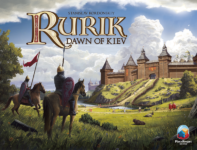
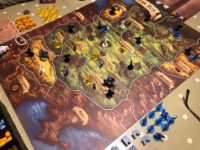
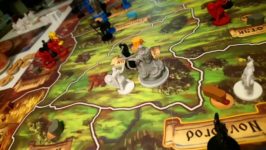
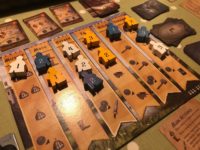


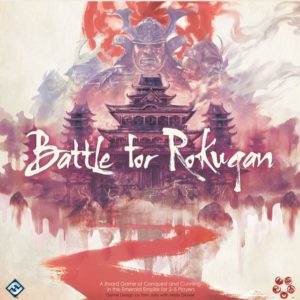
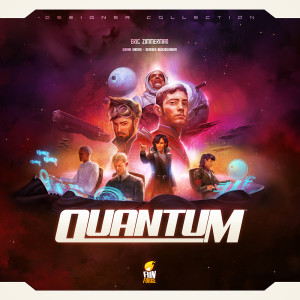
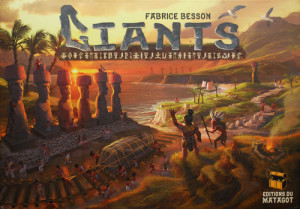


Sam says
I would probably never go bouncing around the house hollering Hey guys, who fancies Rurik! simply because that auction system, as clever as it is, is quite the brain-melter, particularly in later rounds when you are gifted extra workers: more decisions! But in its way its rather brilliant, actually: a system that rewards both devious forethought and reactive cunning. Yes it's long, and yes it's replete with little pauses: but there is a tension and menace to it that I really enjoy. I don't feel the time pass because what's happening is so engaging, almost like a miniature Twilight Imperium. I look forward to playing again!